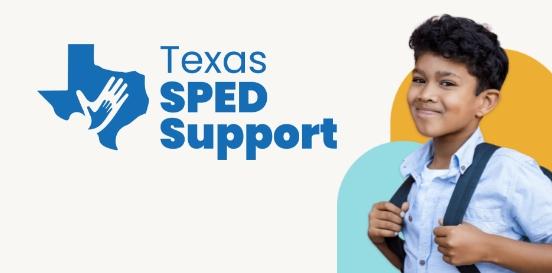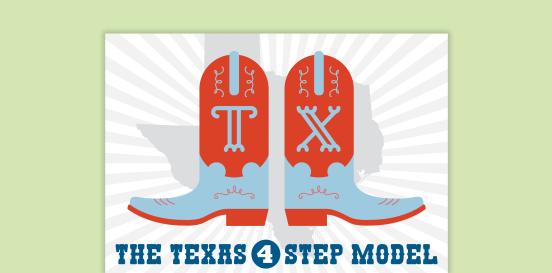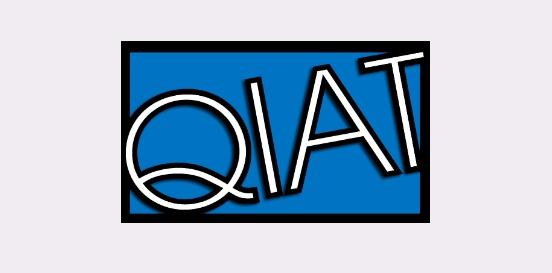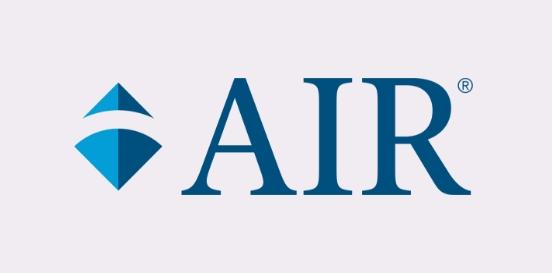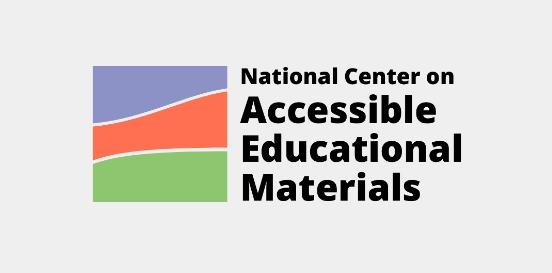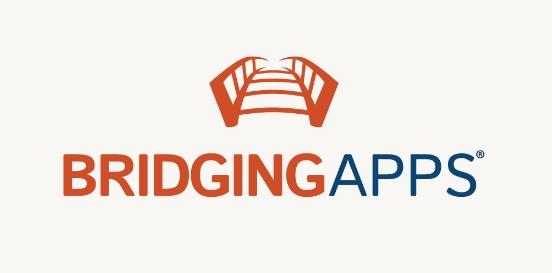Trackball
Mousing alternative that typically consists of a stationary base with a large ball on top, which users can manipulate with their fingers, palm, or other parts of their hand or body.
Considerations
Take the following considerations into account when selecting and implementing AT to ensure that the chosen tools are well-suited to the student’s needs, align with their goals, and seamlessly integrate into their educational journey. By embracing a collaborative approach and considering the specific skills, tasks, and implementation context, educators can provide students with the necessary support to thrive academically and functionally, promoting inclusivity and fostering their overall success.
Skills and Tasks What skills or tasks will the student utilize this tool for? What areas, functional or academic, does this tool support?
An alternative tool to access technology
Implementation Context In what activities, classes, or environments will the student utilize this tool?
The movement of the trackball corresponds to the movement of the cursor on the computer screen, allowing users to control the mouse pointer without the need for fine motor skills or dexterity required by a traditional mouse. This makes trackballs particularly useful for individuals with conditions such as arthritis, carpal tunnel syndrome, or limited hand mobility.
Trackballs often feature customizable settings such as sensitivity and button configuration to accommodate different user preferences and needs. They can be an important tool for promoting accessibility and independence for people with disabilities in using computers and accessing digital information.

